Hopes have been raised that Barcelona, Porto, New York and Aberdeen could one day have something in common.
Each of the sun-drenched destinations abroad have their own cable car system.
And developers are keen for the Granite City to join that list, unveiling proposals to link the beach with the Castlegate.
The council yesterday ruled out any public cash going towards it, leaving the plans dangling by a thread.
And though the proposals remain alive, it could well be that north-east locals eager to sample the cable car experience will need to head abroad after all.
Here, we’ve gathered some of the best city-based systems available for fans of high-altitude public transport.
Cable cars around the world
The Telefèric de Montjuïc in Barcelona is one of Europe’s best known cable car systems.
The 752m line dates back to 1970 and offers stunning views of the Spanish city.
It takes passengers on an incline towards the Montjuïc Castle tourist attraction.
It’s a system that was more closely mirrored in the original 2018 vision for an Aberdeen cable car – which would bring visitors from the city centre to historic Torry Battery.
London’s ‘Dangleway’ across the Thames
But closer to home, there’s the cable car crossing the Thames in London.
It was built at a cost of £60 million, and stretches 1,ooom from the Greenwich Peninsula to the Royal Victoria Dock.
It was previously branded the “Emirates Air Line” and is now named after technology firm IFS.
That’s an example of the sort of sponsorship opportunities developers Skyline will be looking at to finance their vision for Aberdeen.
However, it’s been blasted as a “white elephant”, with its £24m cost to the taxpayer a source of concern.
La Paz offers one of the most scenic cable car journeys around the world
Could the system in Bolivia make a believer out of Aberdeen sceptics?
The Mi Teleferico cableway in La Paz is the world’s largest – and highest – urban system.
Nestled in the Andes, it began with three lines but more are planned.
The Inspired by Maps travel website hails it as the “world’s coolest public transportation”.
After opening in 2014, it exceeded its goal of making eight million bolivianos (£685,000) in the first 60 days.
What’s more, it’s the city’s primary public transport system and has won awards for boosting sustainability.
Porto model takes users sailing above scenic river
The Gaia cable car was built on banks of the Douro River in the heart of Porto.
At the peak of the five-minute journey, users can see the expanse flow out into the sea.
It opened in 2011, and can transport a maximum of 900 people per hour.
The system only closes on Christmas Day.
New York tramway has bounced back from adversity…
The Roosevelt Island Tramway in New York is described as the “most modern” of its kind in the world.
It runs every 7-15 minutes from 59th Street and Second Avenue in Manhattan to Tramway Plaza on Roosevelt Island.
But as well as being the “most modern”, it’s also the oldest cableway in America, opening in 1976.
Decades later it was showing its age, and problems in 2006 left 69 people stuck over the East River for 11 hours when the pods ground to a halt.
The Roosevelt Island Tram. A bit of suburban paradise on an island technically in the borough of Manhattan. It’s where my parents would take us to swim at a public gym as Queens kids. Take the tram from Manhattan. City kid life. Not many pools around we’re among few who can swim. pic.twitter.com/zSlJcfcT5f
— Mary Chao 趙 慶 華 (@marychaostyle) April 9, 2023
That wake-up call sparked $25m upgrades in 2010.
Its primary purpose was a practical one, so that people could commute between Roosevelt Island and Manhattan.
But its expansive views of the Big Apple have made it popular among visitors too.
Medellin pioneered urban cable car phenomenon
Finally, we arrive in Columbia – where the pioneering approach to public transport has inspired various efforts over recent years.
Medellin became the first city in the world to fully integreate the system into its existing network in 2004.
Freelance writer Len Williams described how its success proved inspirational.
He explained how Medellin was divided, with poorer people living on hillsides and being “excluded from jobs” because of the time it took to get into the centre.
The aerial connection has helped resolve this, with a knock-on effect on crime rates too.
It’s also become one of the city’s main tourist draws.
There's a reason why Medellín's public transit system is one of the best in Latin America.
Reliable service, easy access to downtown, clean subway cars, and spectacular views of the city.
Metro de Medellín even has multiple cable car routes! 🚈🚋🚠 pic.twitter.com/r3aOn677IS
— Doug Vidal-Hernández (@Douglas_VH) February 13, 2023
Aberdeen could certainly do with just such an economic boost.
But with construction prices soaring and usage figures a matter of debate, it would have to take a giant leap of faith.
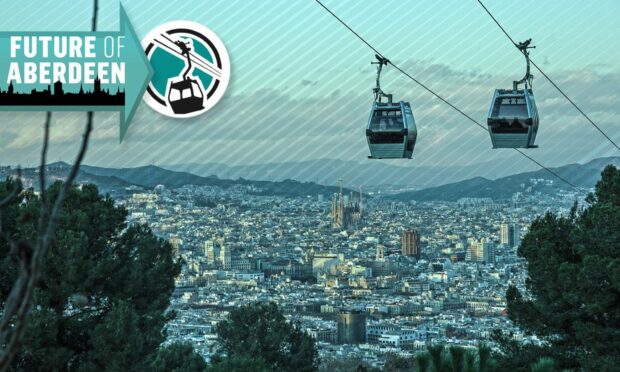

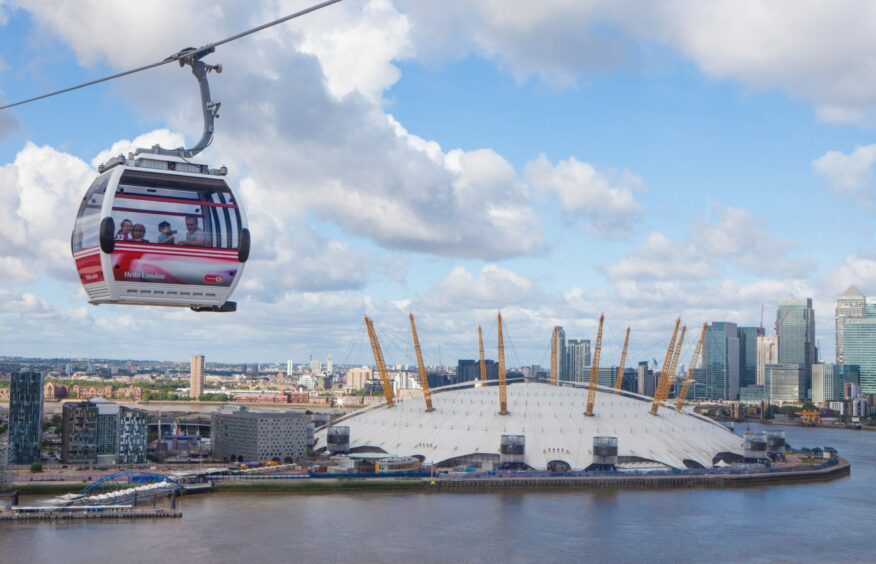
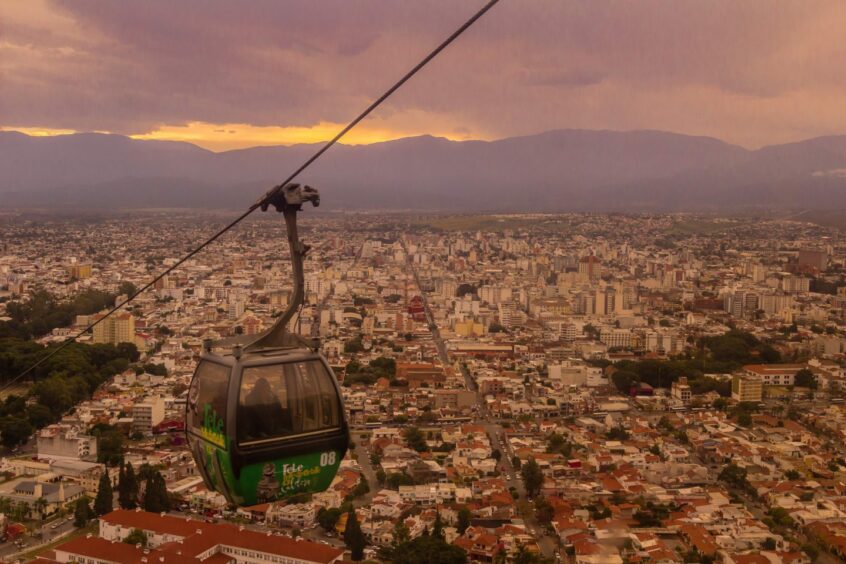
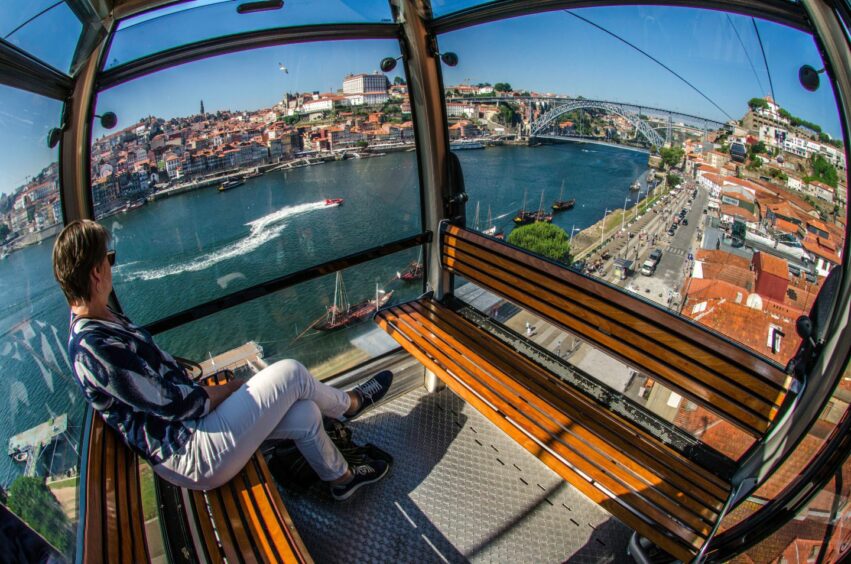
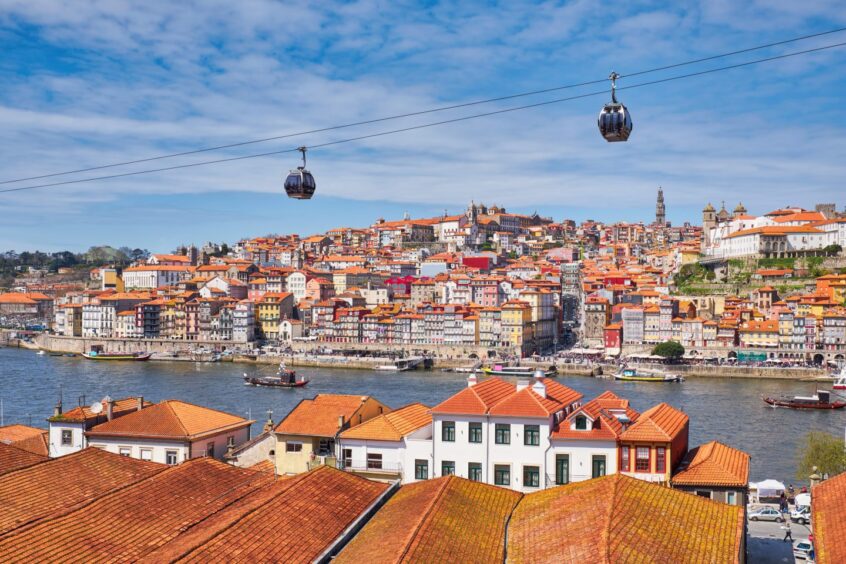
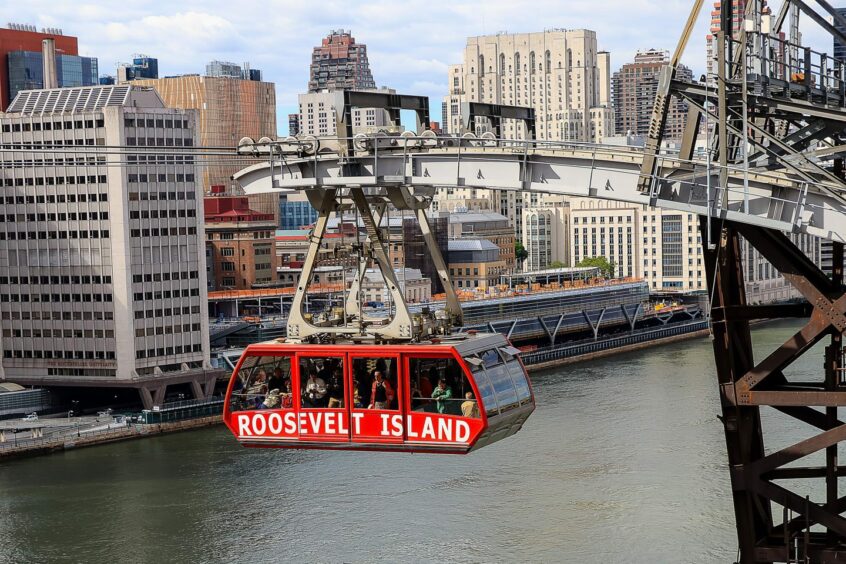
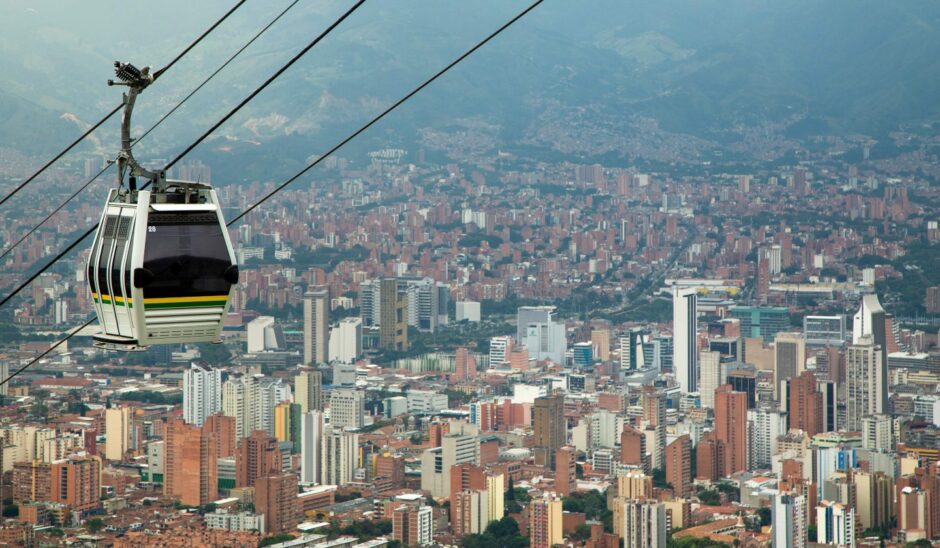
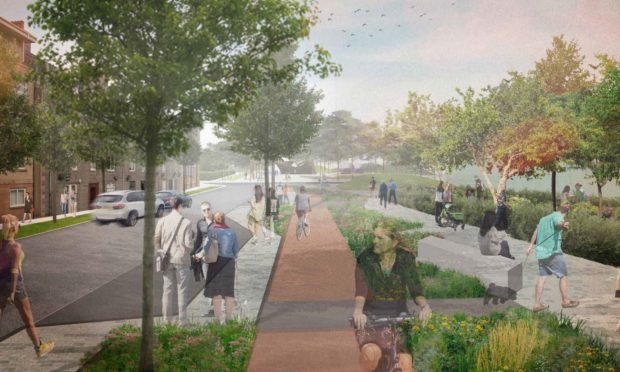
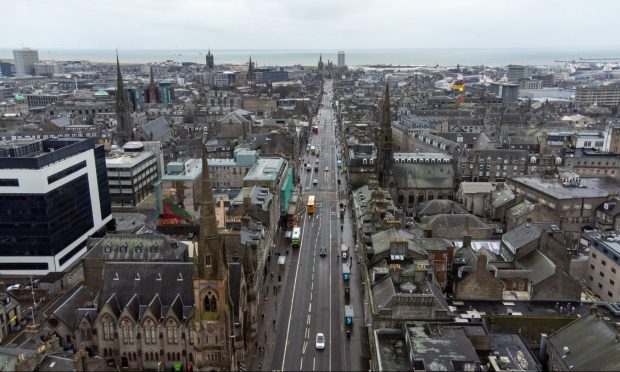
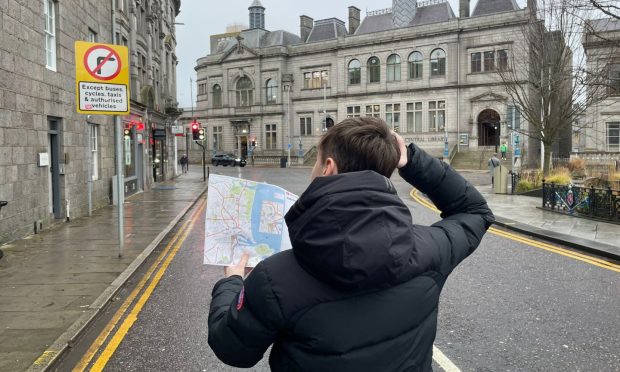
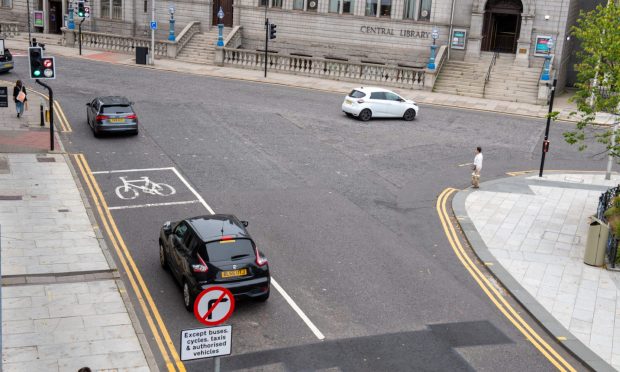
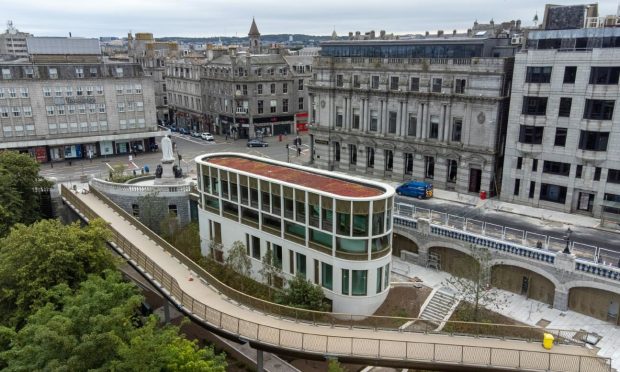
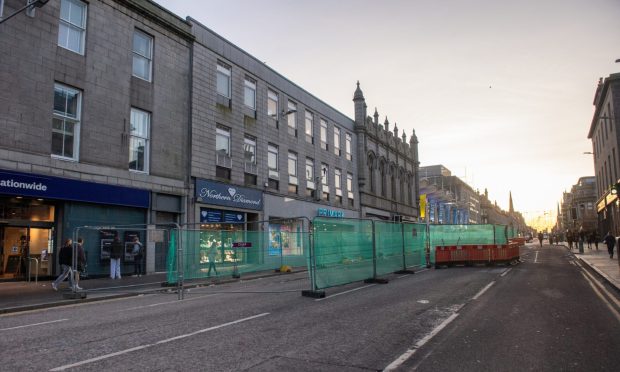
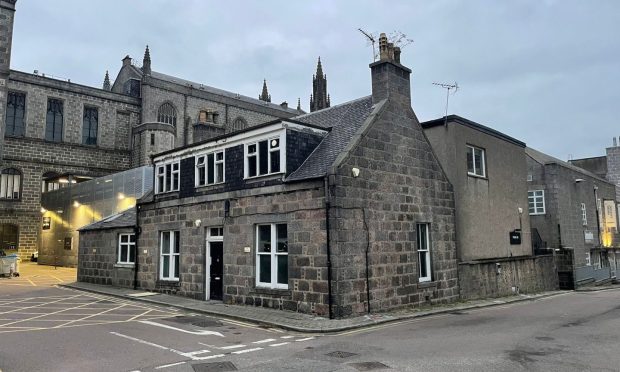
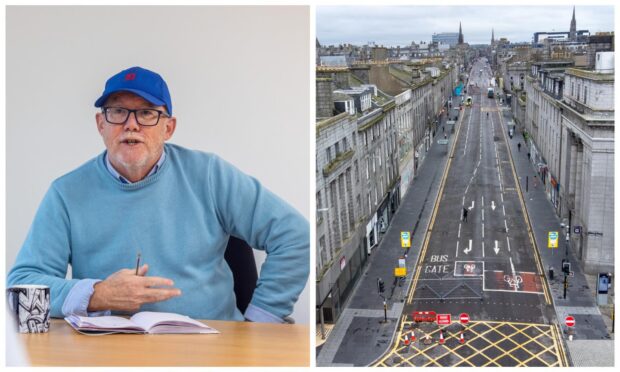


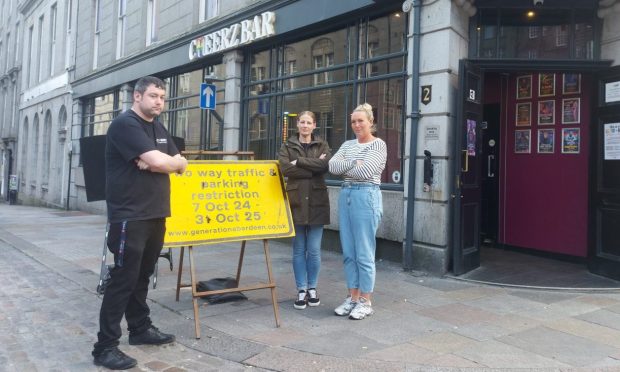
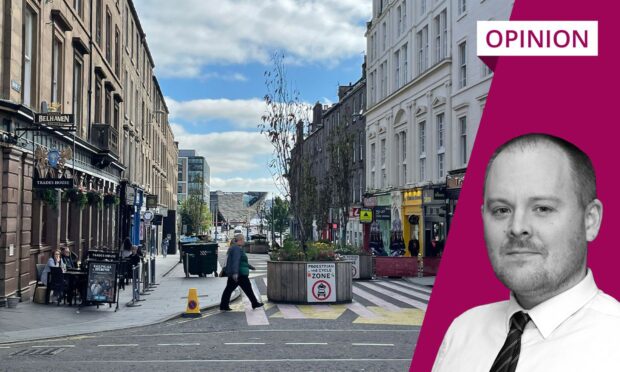
Conversation